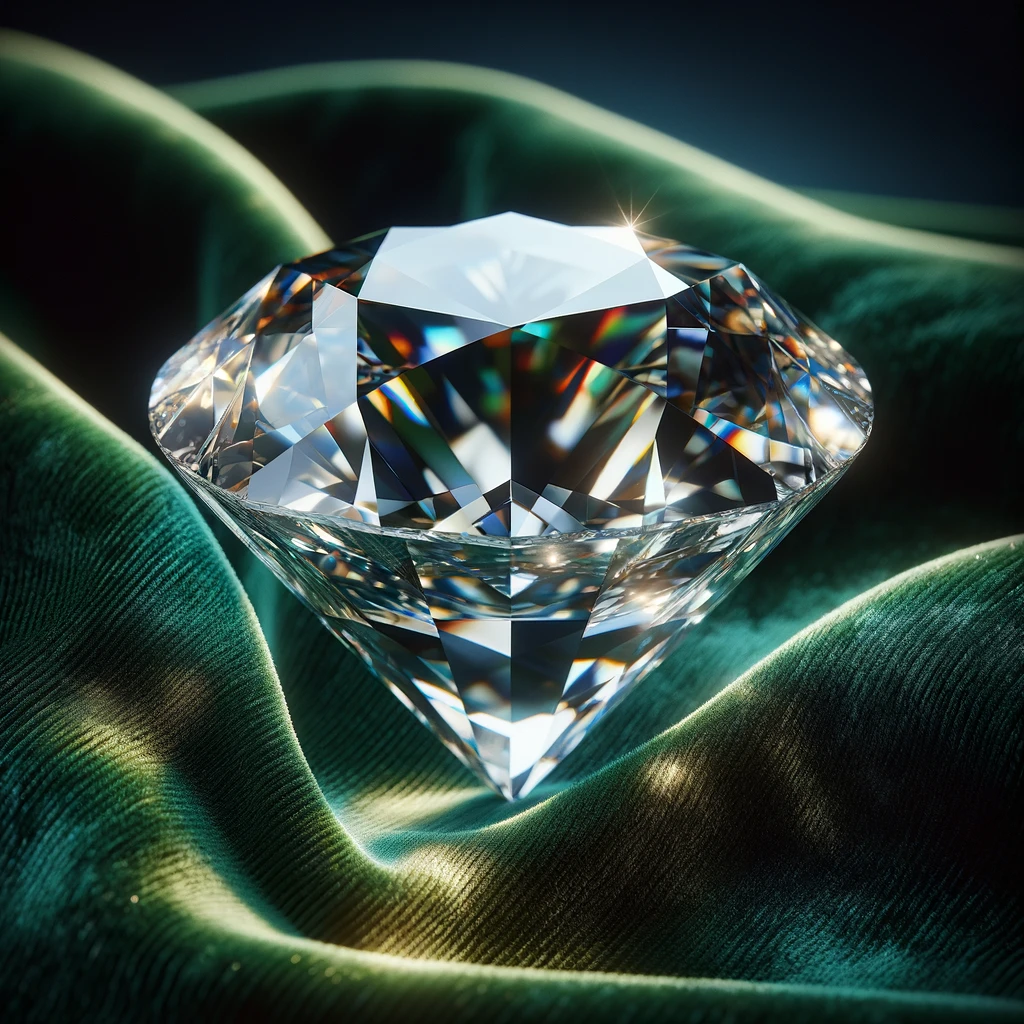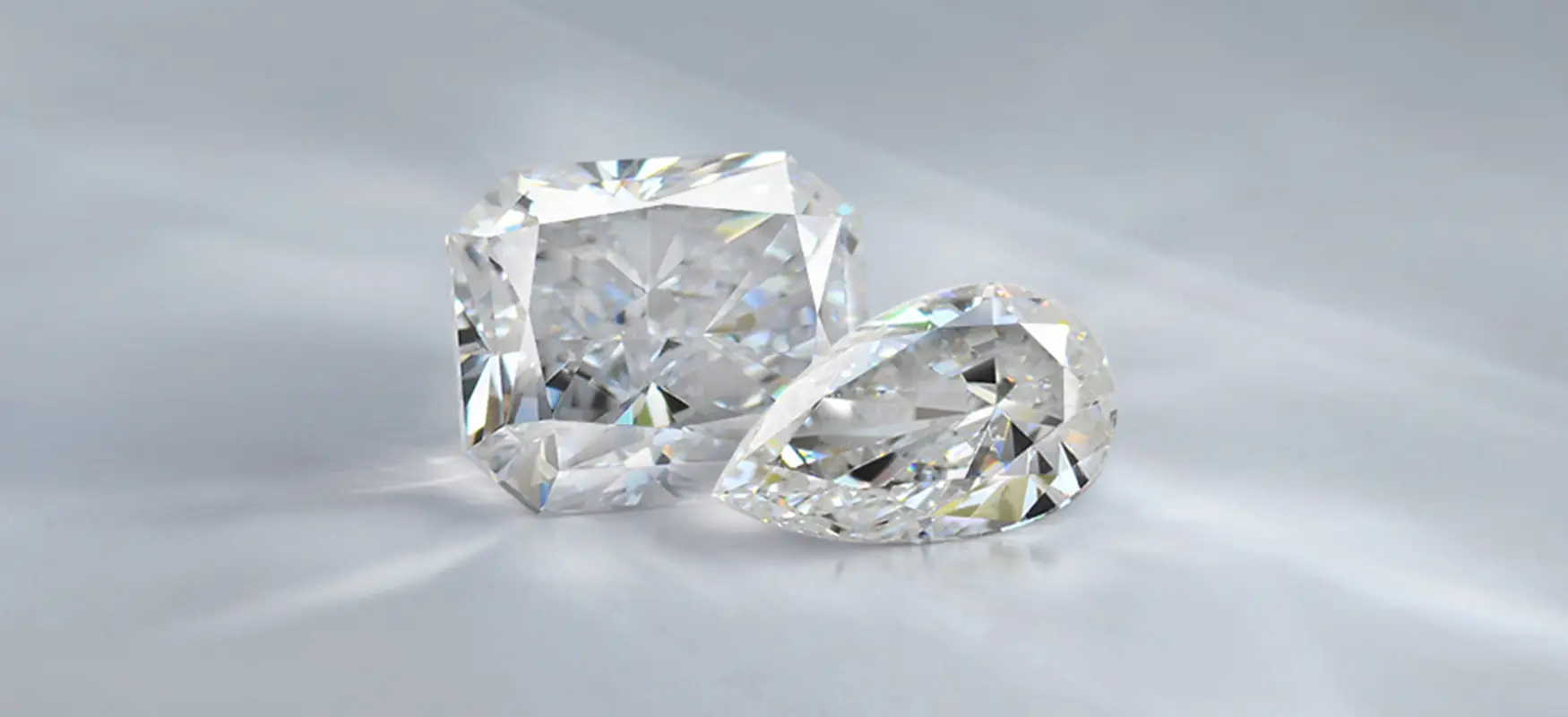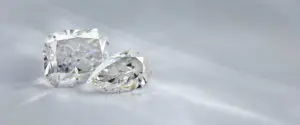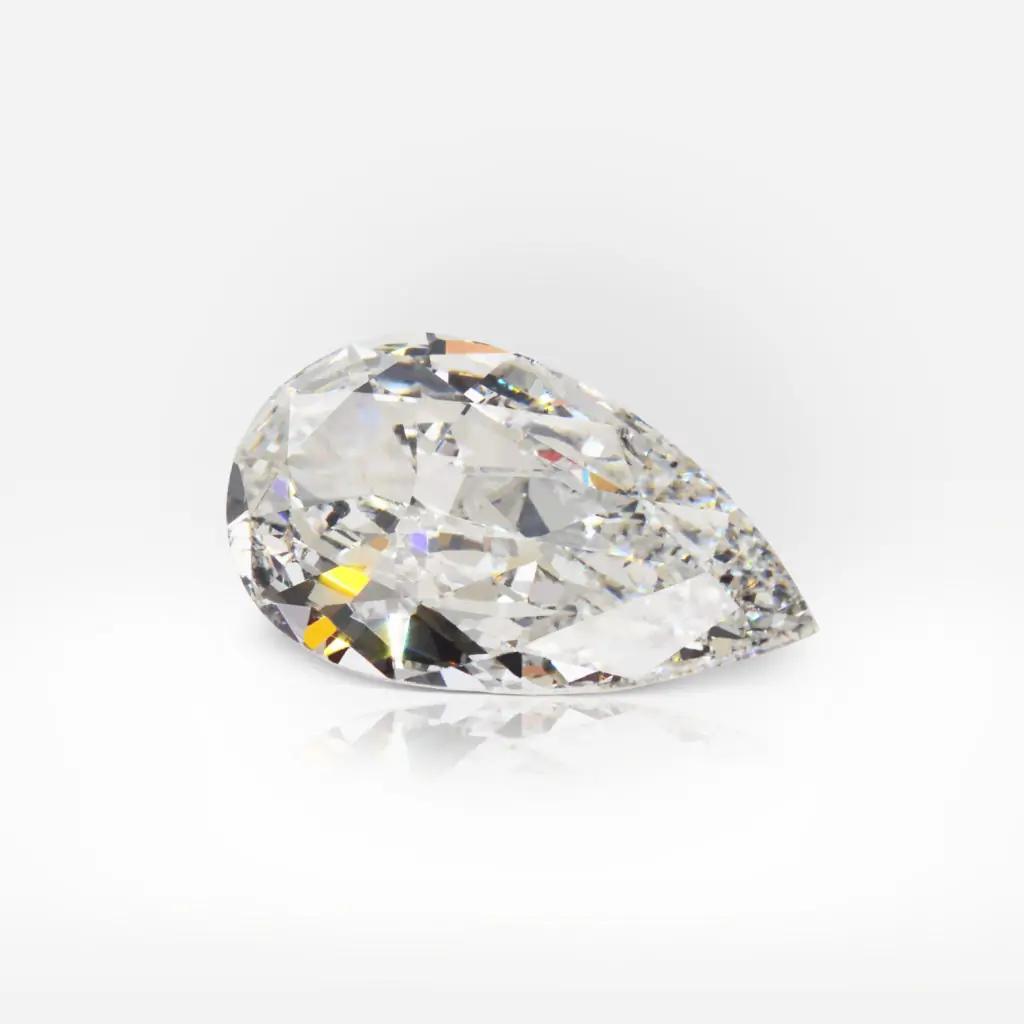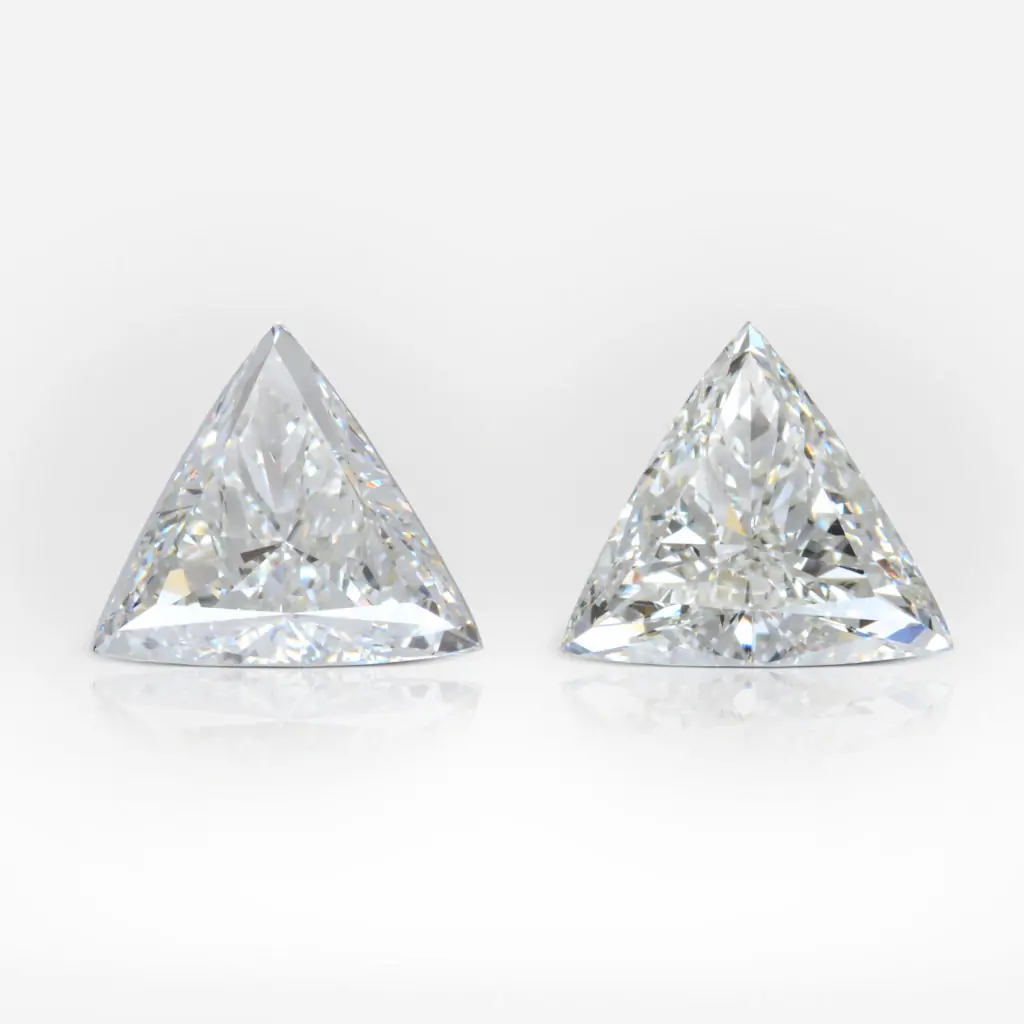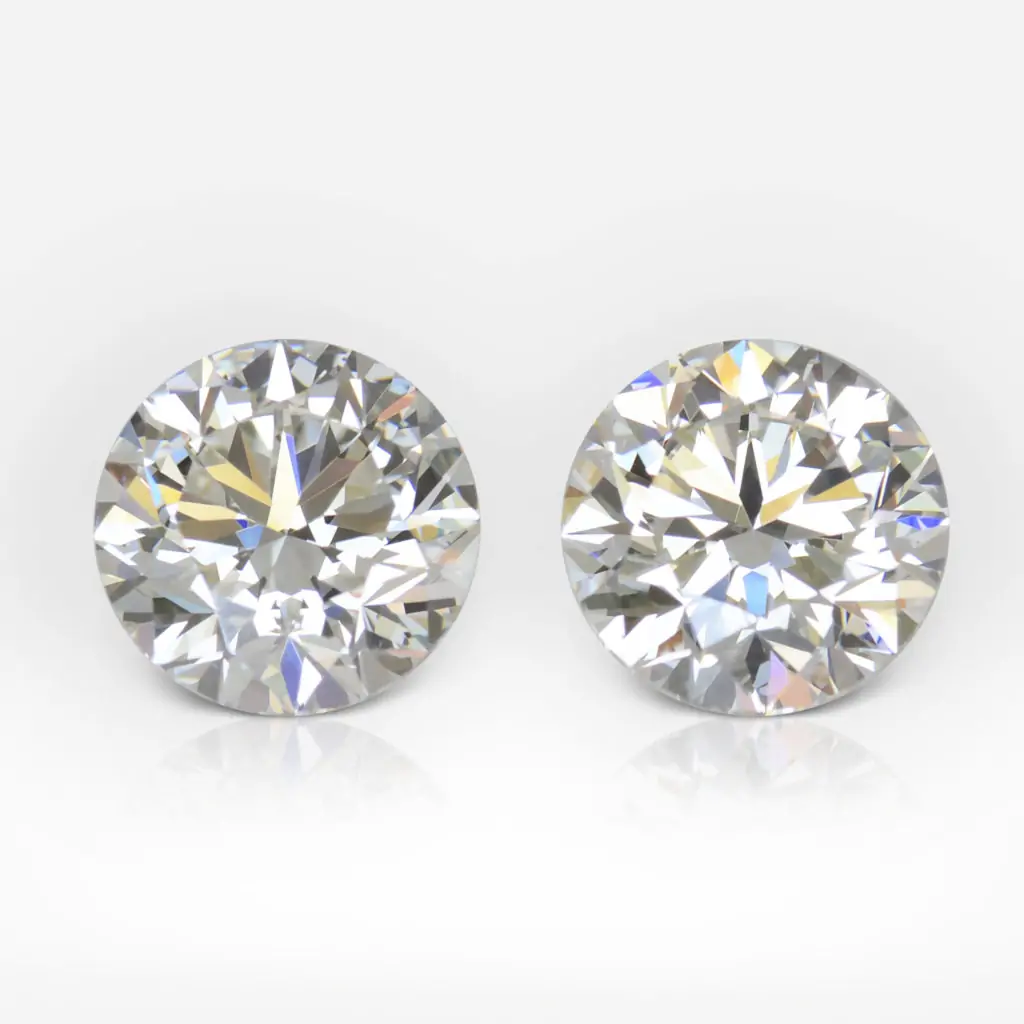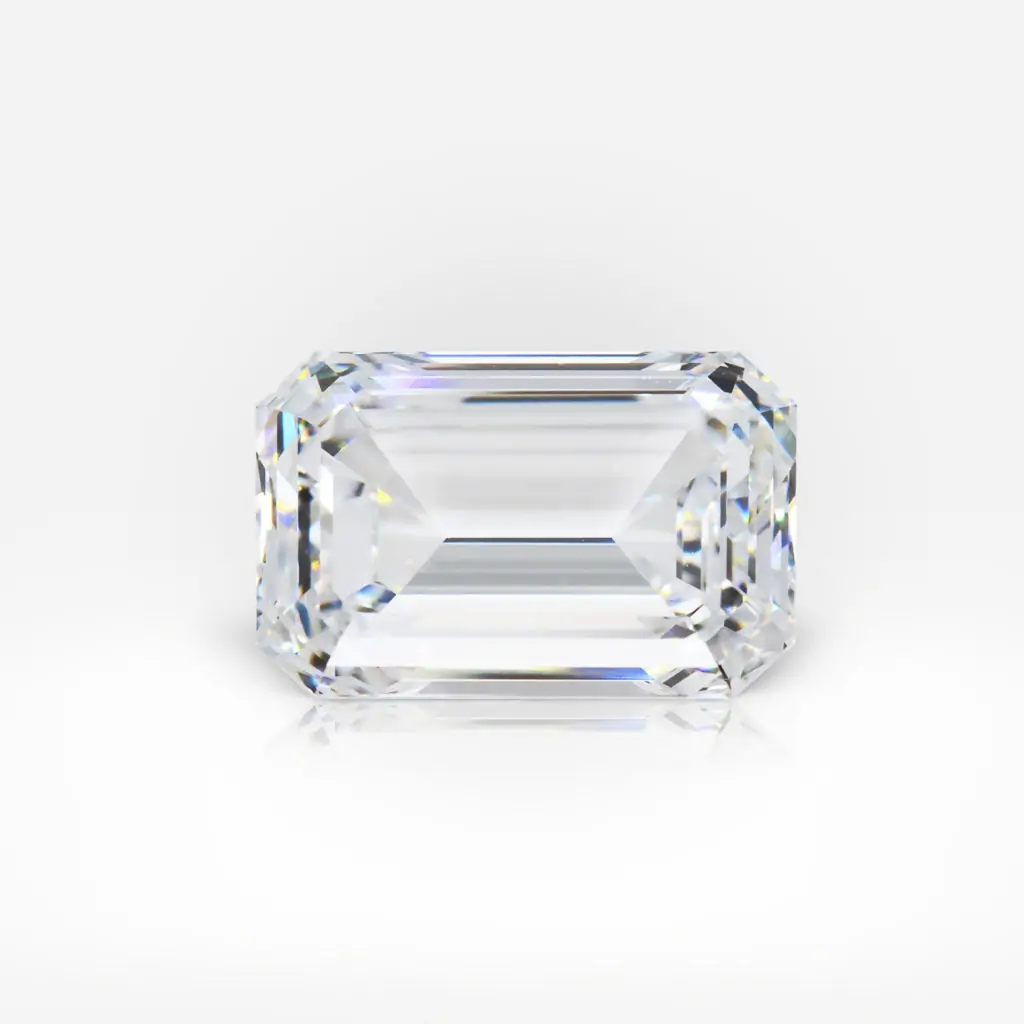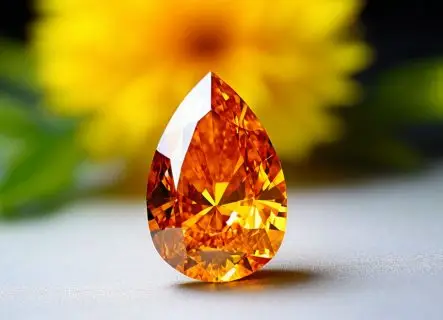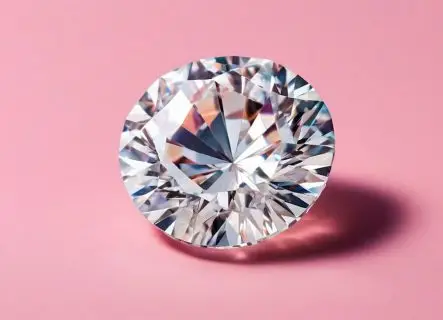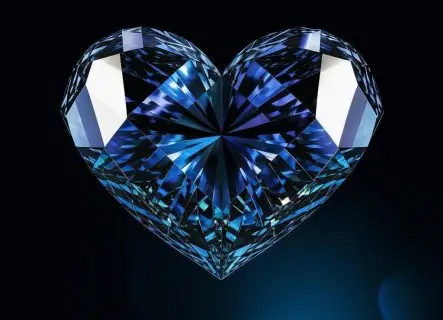Being one of nature’s most stunning and precious creations, this gem simply does not need any special introduction. Meet the one and only – his majesty Diamond!
Description
Diamonds literally predate life on the Earth. Some of them are 100 million years old! Over 25 million years ago, they blasted to the surface in violent explosions. In most seismically active regions, they just evaporated. Fortunately, they survived and laid unnoticed for millions of years in more stable areas.
What makes Diamonds extraordinary? Their unique chemical composition, crystal structure and formation process.
Being a unique representative of its kind, Diamond is the only gem composed of a single element – highly pressurised carbon of 99,95%. The other 0,05% include one or several trace elements that can influence its crystal shape and color. Fun fact: graphite also contains only carbon, but its formation process and crystal structure differs dramatically from the one of Diamonds.
Diamonds are formed much deeper than other gemstones – about 100 miles beneath the earth’s surface. That’s because they need special conditions to form: high temperature and special pressure.
Mineral: diamond
Color: colorless
Mosh Hardness: 10
Origin: Russia, Botswana, South Africa, Angola, Sierra Leone, Namibia, Congo, Canada, Australia
Superpower: patronizing winners
Birthstone: April
Anniversary: 60th and 75th wedding anniversary
History
“Diamond is the most valuable, not only of precious stones, but of all things in this world”, – the Roman naturalist Pliny stated in the 1st century AD.
As you see, Diamonds have a very long history. It seems that the desire for them started in India – where they were gathered from rivers and sold to wealthy people as early as in the 4th century BC. Gradually, these stones were brought to medieval Venice by caravans of merchants and appeared on Western European market. By the 1400s, they became the most fashionable and desirable accessories among European elites.
Later, when Indian diamond sources began depleting, Brazil became the new important supplier. Having reached its full potential, Brazil dominated the market for more than 150 years.
However, by the 1700s diamonds’ biggest consumers – the old ruling elites – were in dramatic decline. Only in the 1800s Western Europe and the US were once again in a position to buy this jewel which led to the growing diamond demand. Around the same time the first South African diamond deposits were discovered in Kimberley. That’s when the story of the modern gems market began.
In 1888 Cecil Rhodes established De Beers Consolidated Mines Limited – and by 1900, De Beers controlled 90% of the world’s production of rough diamonds.
Some statistics: in the middle of the 1800s annual production of rough diamonds was under a million carats. By the 1920s, it was around three million carats. Fifty years later, annual production approached 50 million carats, and in the 1990s it surpassed 100 million carats a year.
At the end of the 20th century the world’s most important rough stones producers were South Africa, Zaire (now called the Democratic Republic of Congo), Russia, Botswana, Australia and northern Canada.
Today Diamonds are still at the peak of their popularity – and the demand for them is only growing.
Lucky charm
The ancients believed that a Diamond has exceptional power.
It has always been considered the gemstone of the winner. For example, the Arabs believed that the winner of the two warring parties would own the larger Diamond. Moreover, Napoleon also believed in this superstition and always carried a huge brilliant stone with him. This gem was also the talisman of Julius Caesar and Louis IV.
Since ancient times, people have considered a Diamond as a gem that brings happiness only if it was acquired in an honest way.
In India and Iran there has been a belief that on the day when a newborn is given a name, the father should sprinkle a small pinch of diamond dust on the child’s head so that the child is healthy and prosperous. It was also customary to sew a small diamond into clothes to protect from evil spells and the evil eye.
Quality factors
It’s time to discuss the famous 4Cs in all their fame and glory!
Color
Color is graded in terms of how colorless a diamond is. The GIA grades these stones from D to Z, with D being the most colorless, and Z containing noticeable brown or yellow tint.
Even a subtle difference in color dramatically affects a Diamond’s value. Colorless stones are the rarest and therefore the most valuable.
Clarity
Clarity evaluates the presence of inclusions and blemishes. There are 11 clarity grades – flawless, internally flawless, two categories of very very slightly included, two categories of slightly included, and three categories of included. Flawless Diamonds are top graded and extremely rare, having no visible inclusions and blemishes.
All these terms are shortened to their initials – VVS, VS, SI and I.
Cut
Cut refers to the quality of a stone’s angles, proportions and symmetrical facets. All these factors directly impact a Diamond’s ability to sparkle along with its overall aesthetic appearance. The higher the cut grade – the brighter the gem.
The term cut also refers to a Diamond’s shape. As a rule, all shapes but a classic round brilliant one are called fancy cuts. Among them are the marquise, cushion, princess, pear, oval, heart, and emerald cuts.
Carat weight
Carat’s is the last but not least criteria. Carat refers to the weight of the diamond (not how large the stone is).
Reuven’s comment
“White diamonds will always be at the peak of their popularity. Moreover, the good news is that today they are seriously growing in price.
Well, all white stones can be divided into 4 groups. The first one is called «commercial minus» and includes diamonds from K to I colors. There are gemss with a slight yellow tint and, as a rule, with small inclusions. They are in the greatest demand in Asia.
The second group is called «commercial goods» and consists of diamonds with a color from G to I. These are white stones with a moderate amount of inclusions or without them at all. They are popular in the US and Europe.
The third group – or, in other words, «collection color» diamonds represent stones in D to F colors. They are preferred by exclusive High Jewelry Maisons.
And, finally, the fourth group is “investment diamonds” – or, as they are also called, Dfl diamonds – which means a flawless D color gem without any inclusions. These are unsurpassed and very expensive stones, which are hunted by big collectors, High Jewelry Maisons and funds.
In general, the higher the weight – the higher the price of a diamond. Also, large paired stones of fancy shapes are always in special demand. This is due to the fact that it is very difficult to find an identical pair of diamonds – so if there is one, it is immediately regarded as a real treasure”.
Subscribe to discover the world of diamonds and gems. If you have any questions, please let us know.


